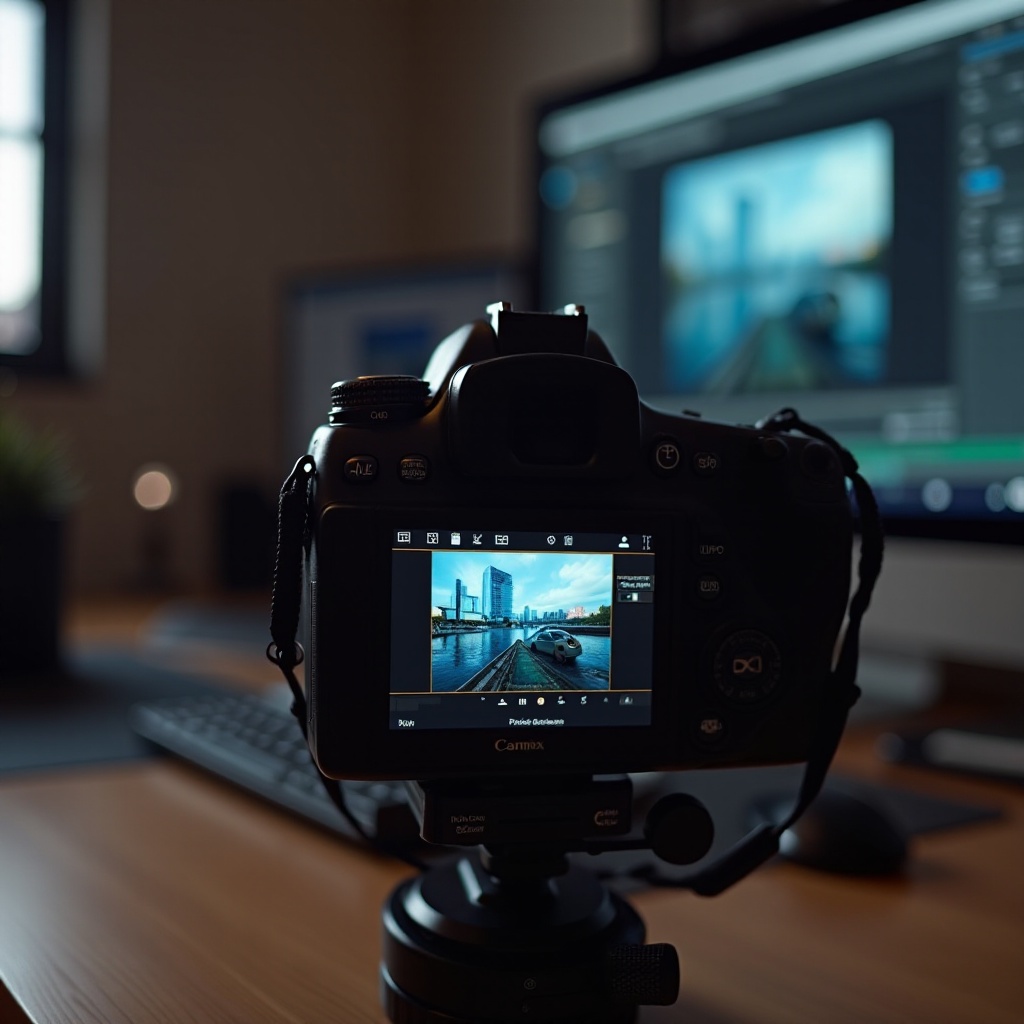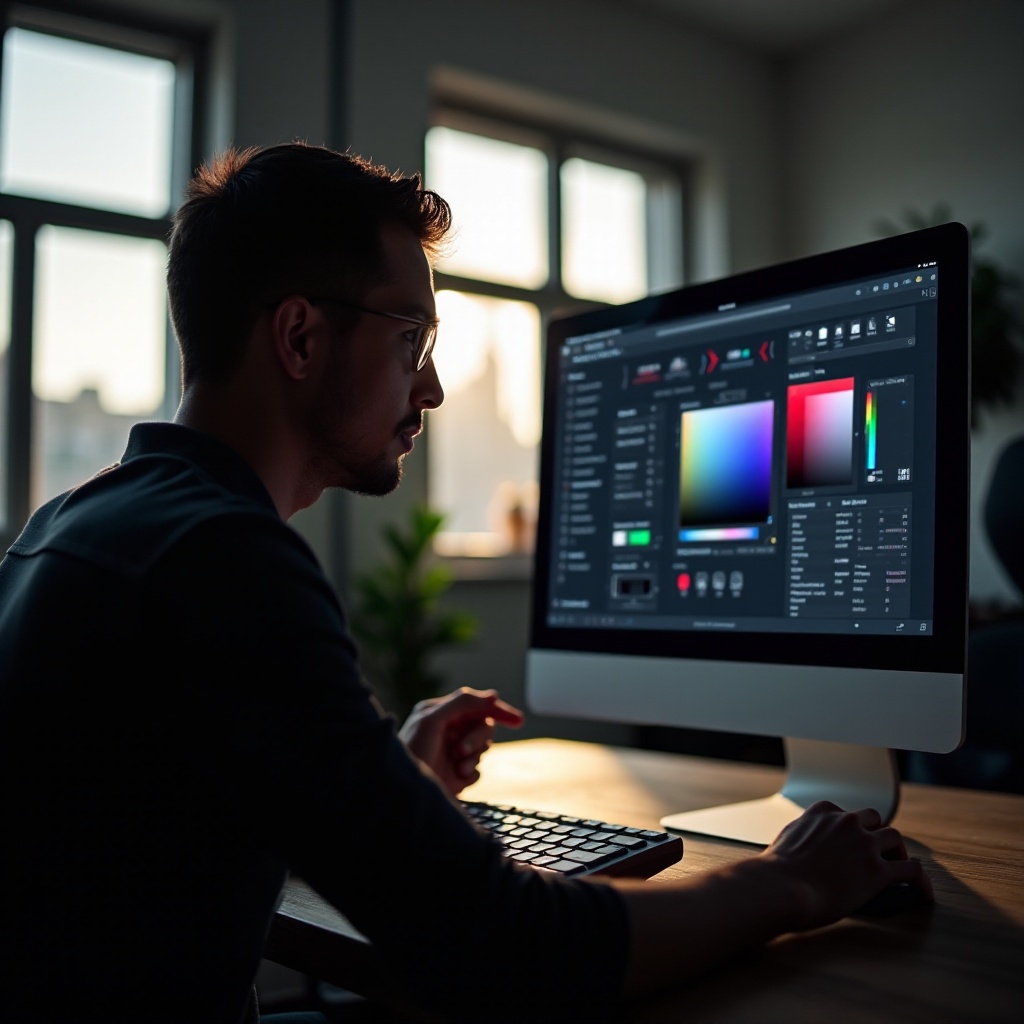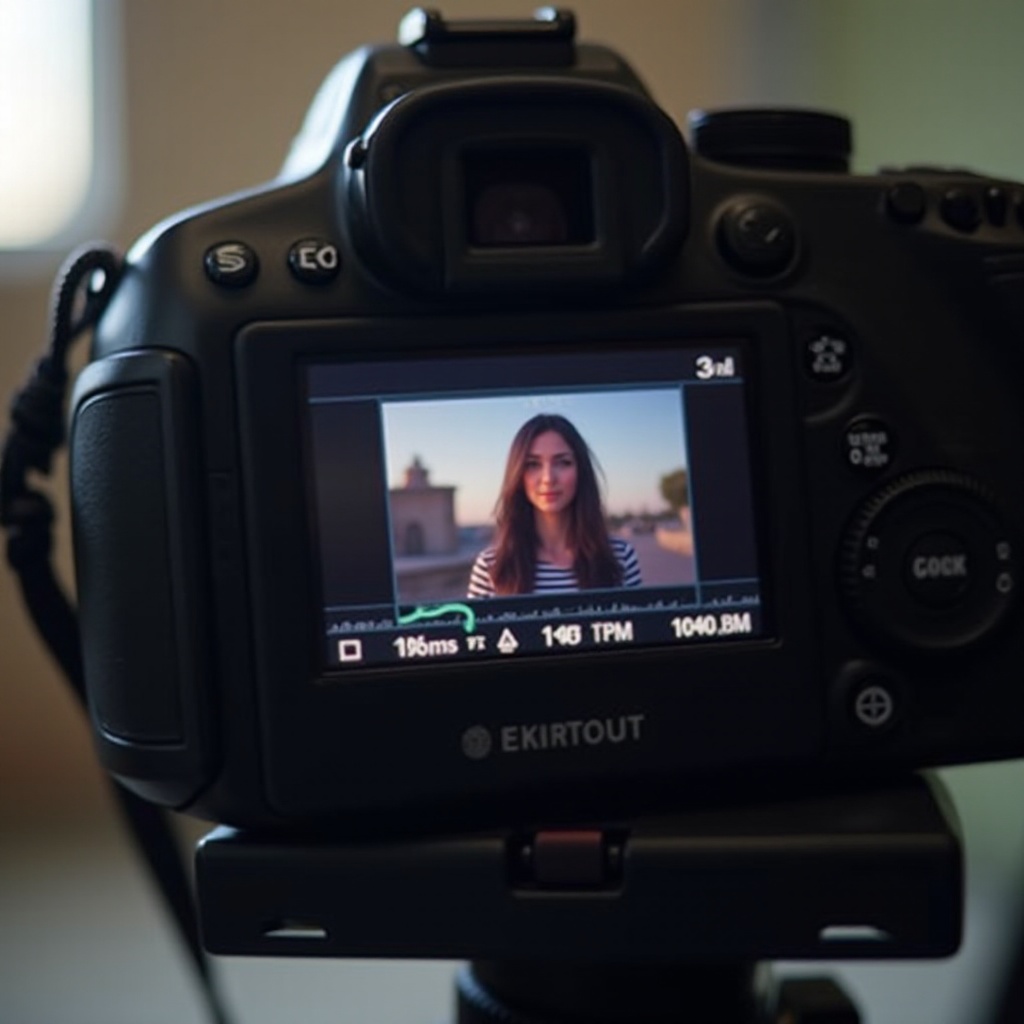Why is My Camera Raw Set to Display P3?
Introduction
If you’ve recently noticed that your Camera Raw files are set to display the P3 color space, you might be wondering why this setting has been applied, and how it impacts your photography. Color spaces are essential in ensuring your images look vibrant and accurate, but understanding why your camera defaults to P3 can be confusing. Let’s dive into the specifics of color spaces, the P3 color space itself, and everything you need to know about this fascinating topic.

Understanding Color Spaces in Photography
Color spaces define the range of colors that a device, like a camera or monitor, can display. They play a crucial role in digital photography as they ensure that the colors you see on your screen resemble the colors in your final printed images. Commonly used color spaces include sRGB, Adobe RGB, and P3. Each of these color spaces covers a different range of colors, impacting how images will look on various devices and prints. Understanding these differences is key to mastering digital photography and ensuring your images maintain their intended color across platforms.
What is P3 Color Space?
The P3 color space, also known as Display P3, is a relatively new color standard that offers a wider color gamut than sRGB. Originally developed for digital cinema, P3 is now popularized by modern devices, including Apple products like the iPhone, iPad, and MacBook. P3 can display more vibrant reds and greens compared to sRGB, making it an attractive option for photographers and designers who require more accurate color representation. This broader color range allows for richer, more vibrant images which is why some high-end cameras and editing software might default to P3.
Reasons Your Camera Raw is Displaying P3
When trying to understand why your Camera Raw is set to display P3, it’s important to consider several factors that might be influencing this setting:
-
Device Compatibility: Modern devices like Apple’s products support P3 color space for better color accuracy. If you use such devices, your Camera Raw might default to P3 to match this standard.
-
Software Settings: Some editing software and camera firmware automatically set the color space to P3 to make use of its wider color gamut. Check your camera and software settings to see if P3 is the default option.
-
Enhanced Color Gamut: P3 displays a wider range of colors, especially in the reds and greens, which can be beneficial for certain types of photography like nature or fashion photography where vibrant colors are prominent.
-
Professional Printing: If your workflow involves professional printing, P3 can be advantageous due to its advanced color representation. Printers that support P3 can produce prints that are closer to what you see on your P3-compliant screen.
Understanding why your Camera Raw displays P3 involves considering your devices, software settings, and specific needs in your photographic work.

Benefits of P3 Color Space in Photography
Embracing P3 color space offers significant advantages for photographers:
- Wider Color Gamut: P3 covers 25% more colors than sRGB, especially more vivid shades of red and green.
- Better Screen Compatibility: Modern devices supporting P3 offer more precise on-screen color management, ensuring what you see during editing is close to the real output.
- Advanced Image Quality: With richer colors and better gradations, P3 contributes to professional-grade image quality essential for critical viewing environments such as art galleries or high-quality prints.
- Future-Proofing: As more devices and software adopt wide-gamut color spaces like P3, using it ensures your images are prepared for future technological advancements.
By leveraging these benefits, you can take your photography to the next level, ensuring vibrant and precise color reproduction.
Potential Drawbacks of P3 Color Space
While P3 has many benefits, there are potential drawbacks to consider:
- Limited Device Compatibility: Not all monitors, devices, and browsers fully support P3 color space, potentially leading to color inconsistency across different platforms. Viewers with non-P3 devices may not see the enhanced colors as intended.
- Larger File Sizes: P3-encoded images can have larger file sizes due to the wider color gamut, which might impact storage and sharing.
- Complexity in Workflow: Managing P3 color space requires careful calibration and understanding of color management to ensure consistency across devices and prints.
Considering these factors is essential for determining whether P3 is the right choice for your specific photography needs and workflow.

How to Change Your Camera’s Color Space Settings
If you prefer to use a different color space or need to align with a specific device’s capabilities, changing your camera’s color space settings can be straightforward:
- Navigate to Camera Settings: Access the settings menu on your camera.
- Find Color Space Options: Look for ‘Color Space’ or ‘Color Profile’ in the menu.
- Select Desired Color Space: Choose from the available options, such as sRGB or Adobe RGB, based on your requirements.
- Save Changes: Confirm and save your new settings.
By following these steps, you can easily switch your camera’s color space settings to better suit your needs and ensure consistent color management across your devices.
Conclusion
Understanding why your Camera Raw is set to display P3 involves recognizing the incredible advantages that P3 color space offers, including a wider color gamut and enhanced compatibility with modern devices. While there are some drawbacks, like limited device support and larger file sizes, the benefits often far outweigh these concerns for many professional photographers. Whether you decide to continue using P3 or switch to another color space like sRGB or Adobe RGB, the key is to align your choice with your specific needs and the devices you use.
Frequently Asked Questions
What is the difference between P3 and sRGB?
P3 offers a wider color gamut compared to sRGB, showcasing more vibrant shades particularly in the reds and greens. This makes P3 suitable for high-quality displays and prints, whereas sRGB is more universally supported across devices.
How can I ensure compatibility with P3 color space?
To ensure compatibility, use devices and software that support P3. Regularly calibrate your monitor and check color profiles across platforms to maintain consistent color representation.
Is P3 suitable for all types of photography?
P3 is ideal for photography that benefits from richer colors and higher quality prints, such as fashion, nature, and fine art photography. However, for standard web use and general purposes, sRGB might be more universally compatible.
